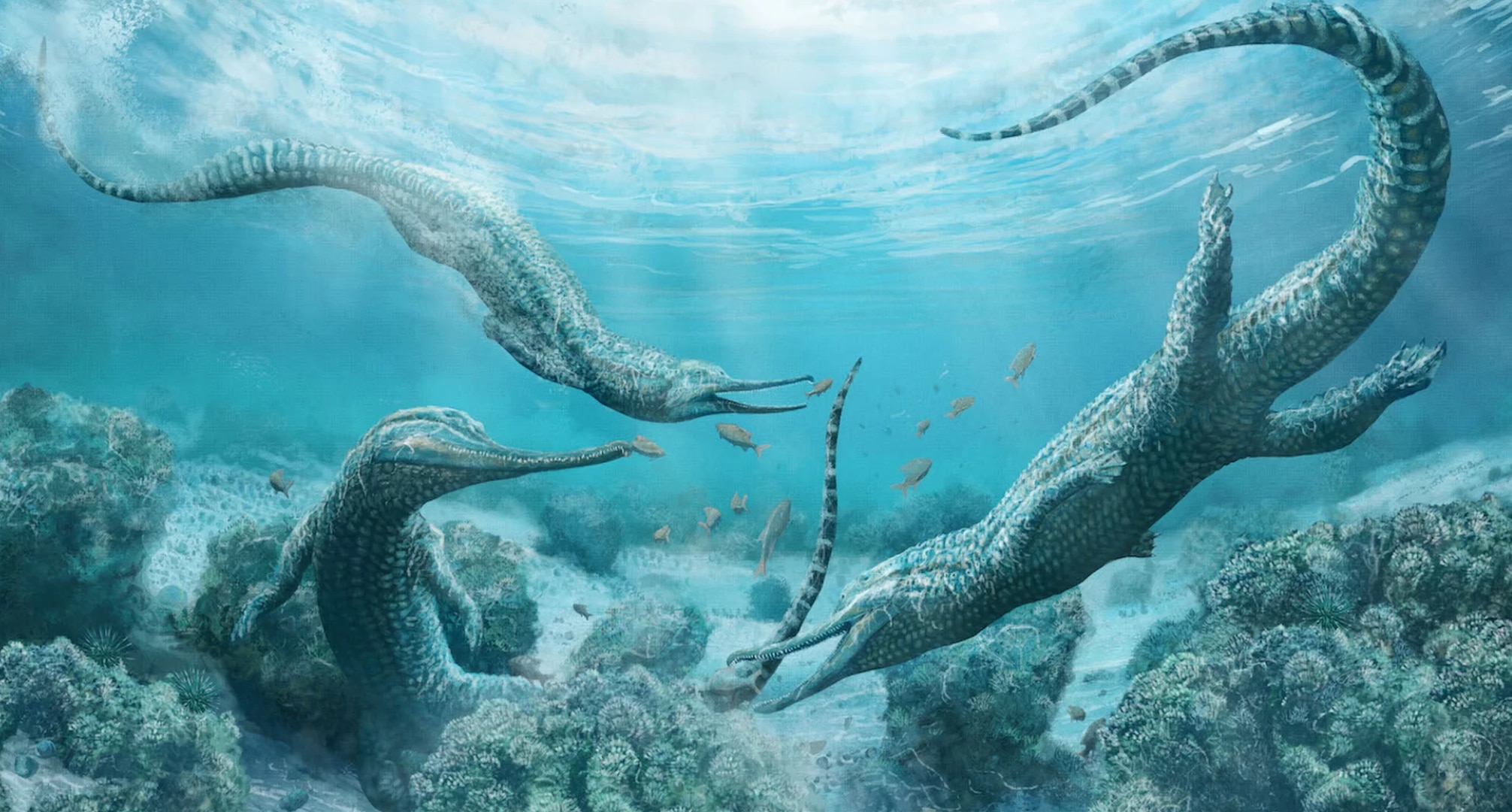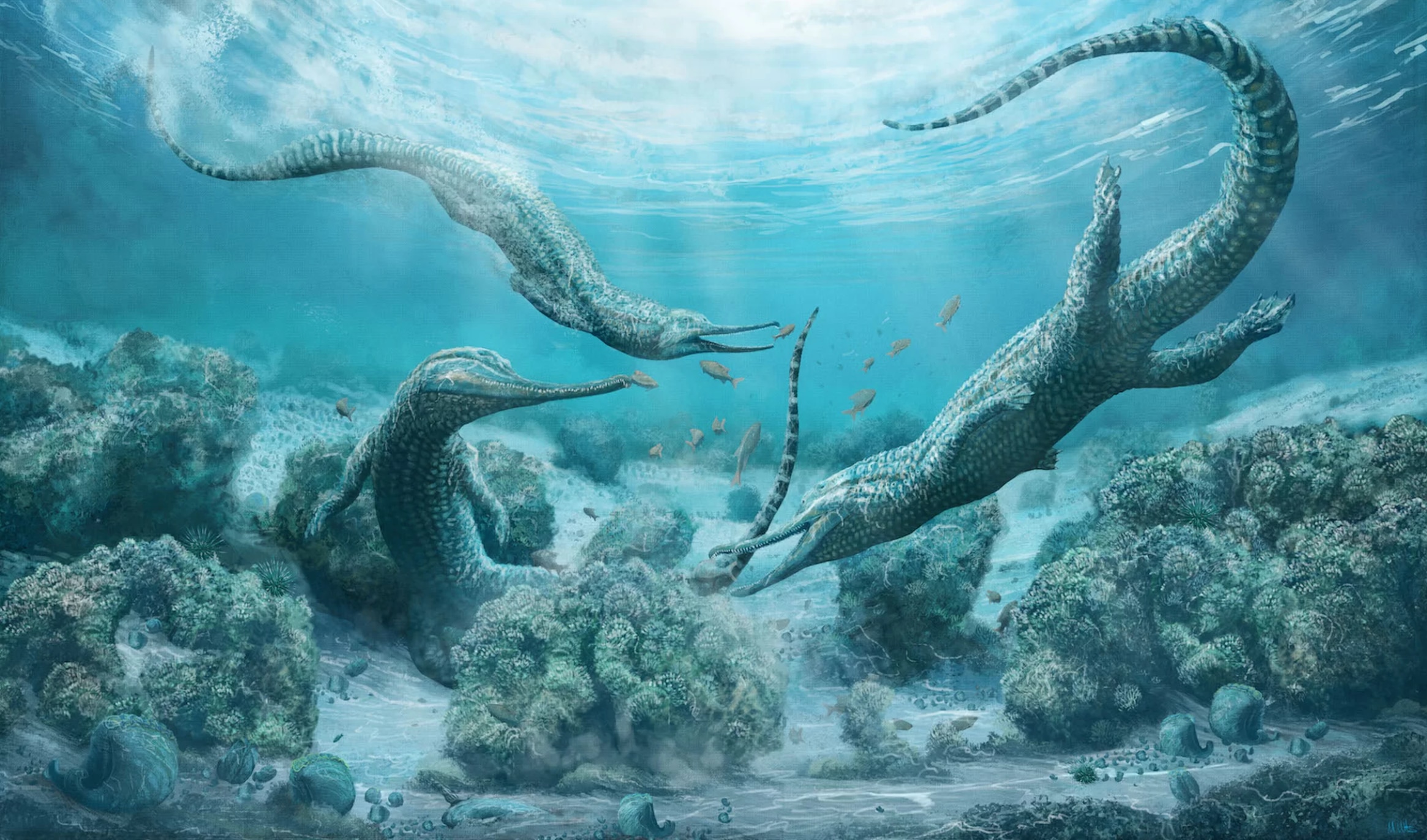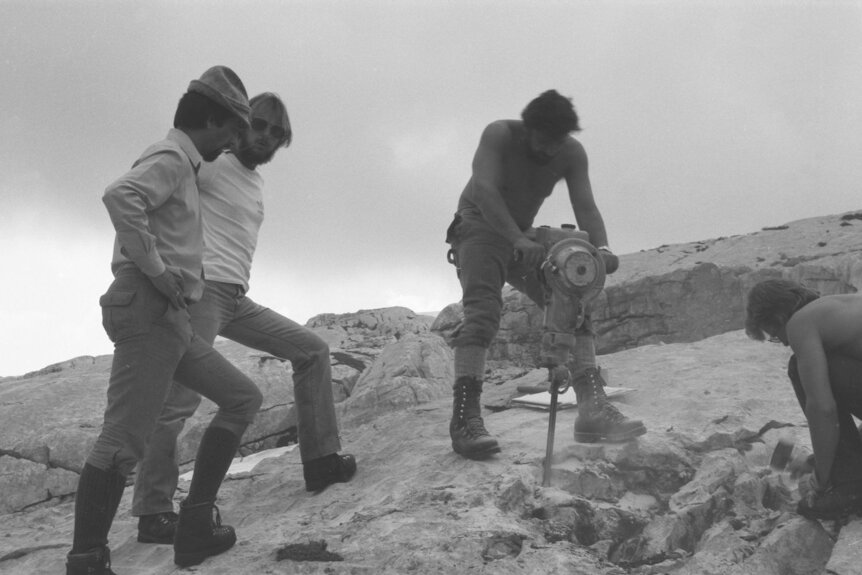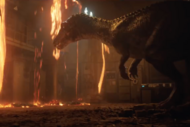Create a free profile to get unlimited access to exclusive videos, sweepstakes, and more!
Crocodile-like prehistoric sea monster skeletons found in Austrian Alps

Lurking in the murky depths of Late Triassic oceans, a recently identified collection of prehistoric fossils has yielded the remains of an intimidating crocodile-like predator that struck fear in ancient marine life some 210 million years ago.
The new species of primeval sea monsters known as phytosaurs has been formally presented to the scientific community and officially named Mystriosuchus steinbergeri after Sepp Steinberger, the local European spelunker who first discovered the fossils while climbing a remote area of the Austrian Alps back in 1980.
In a new study published online May 8 in the Zoological Journal of the Linnean Society, details of the decades-old find were explained, revealing the team from the Natural History Museum in Vienna that excavated the four partial fossils two years later and transported them off the mile-high mountain via helicopter.
The extinct sea monsters plucked from the rocky Austrian slopes measured in at 13 feet long, and were not fully grown yet. According to researchers' bone analysis, these adolescent phytosaurs were only eight years old when they died.
"Because there are very few specialists on phytosaurs, this particular group of fossil reptiles, it took many years before they were studied," University of Birmingham paleobiologist and lead researcher Richard Butler told Live Science.
Though often mistaken for a dinosaur, phytosaurs are actually a select group of carnivorous, semi-aquatic archosaurian reptiles that achieved widespread global distribution during the Late Triassic. Their remains are most often discovered close to freshwater lakes and rivers. However, these rare bones were found in sediments left behind from an ancient ocean, dozens of miles from the Triassic shoreline, which strongly supports the notion that some phytosaurs existed in marine ecosystems.
"Phytosaurs look like a mix of the modern crocodile, alligator and gharial, although they lived long before those animals and are not particularly close relatives of them," Butler added. "This is an example of 'evolutionary convergence,' where distantly related groups evolve to look alike because they live in similar environments."
















